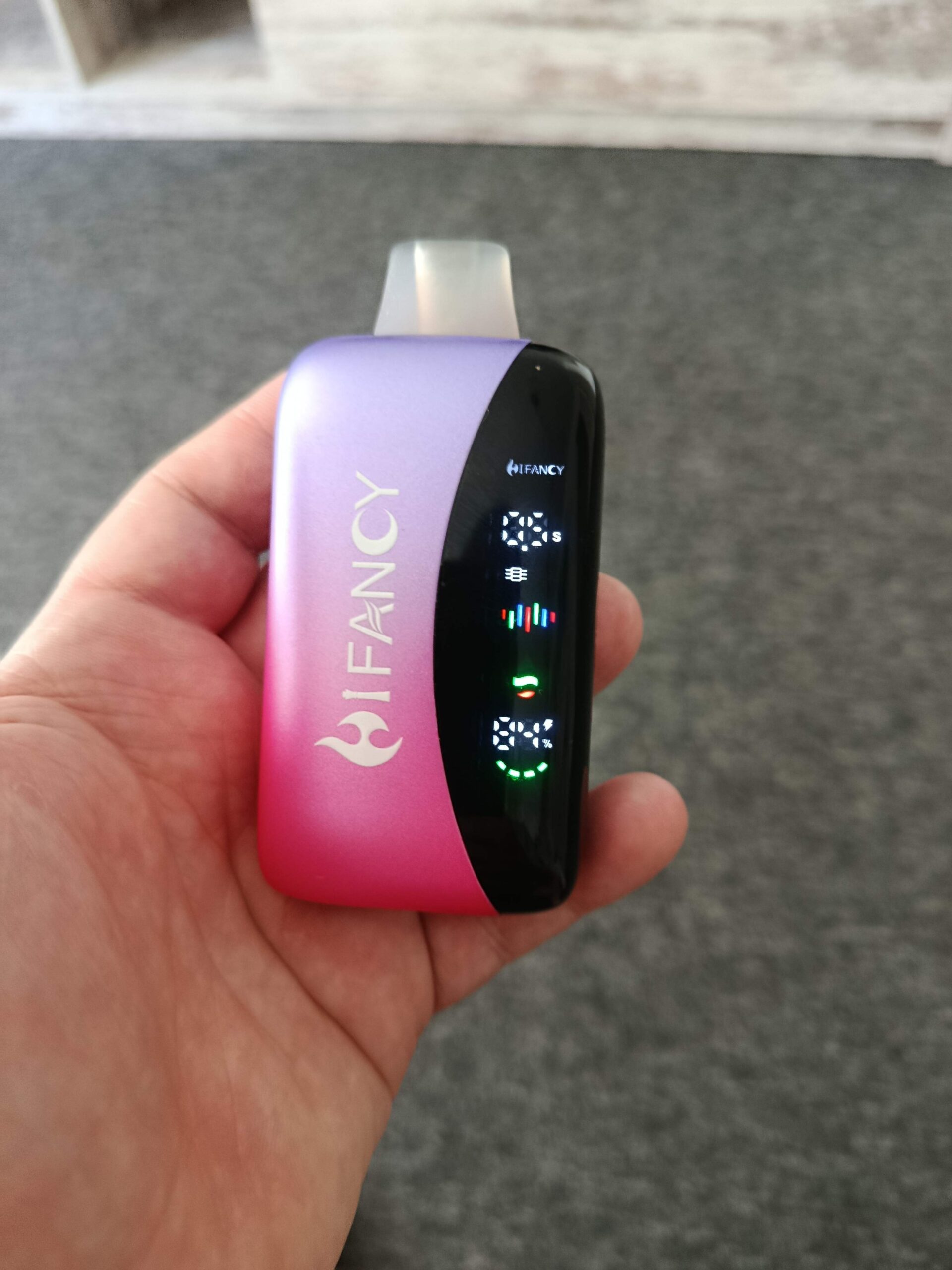Medidas de emergência quando a bateria do cigarro eletrónico se esgota

Emergency Solutions for Depleted E-Cigarette Batteries: Quick Fixes and Preparedness Tips
Running out of battery power mid-day can disrupt vaping routines, especially when access to chargers or power sources is limited. While modern e-cigarettes offer longer battery life, unexpected drains or forgetfulness can leave users stranded. This guide provides practical strategies to manage depleted batteries, from immediate workarounds to preventive measures, without endorsing specific products or brands.
Immediate Actions When Your Device Loses Power
Utilizing Pass-Through Charging (If Supported)
Some e-cigarette models feature pass-through technology, allowing users to vape while the device is connected to a power source via USB. If your device supports this, plug it into a laptop, portable power bank, or wall adapter with a USB cable. Ensure the connection is secure and wait a few moments for the device to recognize the power input. Note that not all devices have this capability, so check the user manual or manufacturer’s website for confirmation.
Borrowing a Compatible Battery or Charger
In social settings, ask fellow vapers if they have a spare battery or charger compatible with your device. Many e-cigarettes use standardized battery types, such as 18650 or 510-threaded connections, increasing the likelihood of finding a match. If borrowing a battery, verify its voltage and capacity to avoid damaging your device. For chargers, ensure the output specifications (e.g., 5V/1A) align with your device’s requirements to prevent overheating.
Switching to a Backup Device or Disposable Option
If you carry a secondary e-cigarette or a disposable vaping product as a backup, now is the time to use it. Disposables are pre-filled and pre-charged, offering immediate relief without relying on external power. Keep a compact disposable in your bag or car for emergencies, but be mindful of local regulations regarding their use and disposal.
Maximizing Remaining Charge Before Complete Depletion
Adjusting Power Settings to Conserve Energy
Lowering your e-cigarette’s wattage or voltage can extend battery life significantly. High-power settings drain batteries faster, so reduce the output to the minimum level that still produces satisfactory vapor. Many devices allow users to cycle through power modes via button presses or touchscreens; consult the manual for specific instructions. Additionally, disable any non-essential features like LED lights or haptic feedback to minimize energy consumption.
Limiting Usage Frequency and Duration
If you sense your battery is running low, ration your vaping sessions to conserve power. Take shorter puffs and increase the time between draws to reduce the heating element’s activation frequency. Avoid chain vaping, which involves taking multiple puffs in rapid succession, as this accelerates battery drain. By spacing out usage, you may delay complete depletion until you can access a charger.
Closing Airflow Vents When Not in Use
Some e-cigarettes continue drawing small amounts of power to maintain airflow sensors or automatic draw activation, even when idle. Manually closing airflow vents (if adjustable) can prevent this passive energy loss. For devices with touch-sensitive buttons, ensure they’re locked or powered off to avoid accidental activation in your bag or pocket.
Long-Term Strategies to Avoid Future Emergencies
Carrying a Portable Power Bank or Solar Charger
Invest in a compact power bank with sufficient capacity to recharge your e-cigarette multiple times. Look for models with USB outputs and high milliampere-hour (mAh) ratings, such as 5,000mAh or higher, for extended use. Solar chargers are another eco-friendly option for outdoor enthusiasts, though they charge more slowly and require sunlight. Keep your power bank charged and accessible in your daily bag or car glove compartment.
Maintaining a Routine Charging Schedule
Set a habit of charging your e-cigarette nightly or at consistent intervals to prevent unexpected depletion. Use smart plugs or timers to automate charging during off-peak hours, reducing energy costs and overheating risks. If your device has a battery indicator (e.g., LED lights or a digital display), monitor it regularly to anticipate when a recharge is needed.
Keeping Spare Batteries or Charging Cables Handy
For devices with removable batteries, carry a fully charged spare in a protective case to swap out when needed. Store spare batteries in a cool, dry place away from direct sunlight and metal objects to prevent short circuits. Additionally, stash an extra USB cable in your wallet, backpack, or office drawer to ensure you can charge your device from any compatible power source.
Handling Dead Batteries in Remote or Travel Scenarios
Locating Public Charging Stations
In urban areas, public charging stations are increasingly common in malls, airports, and cafes. Use apps like PlugShare or ChargePoint to locate nearby stations compatible with your device’s charger type. Some venues may offer free charging ports at customer service desks or seating areas, so inquire with staff if unsure.
Using Car Chargers or Cigarette Lighter Adapters
If you’re traveling by car, a vehicle charger or cigarette lighter adapter can revive your e-cigarette’s battery. Ensure the adapter’s output matches your device’s requirements (e.g., 5V/1A) to avoid damage. For longer trips, consider a multi-port car charger to power multiple devices simultaneously, such as your phone and e-cigarette.
Seeking Assistance from Hospitality Venues
Hotels, restaurants, and bars often provide charging solutions for guests. Ask the front desk for a USB cable or wall adapter, or request access to an outlet near your table. Some establishments may even offer complimentary portable chargers for temporary use, though returning them promptly is courteous.
Dealing with a depleted e-cigarette battery requires a mix of immediate fixes and proactive planning. By leveraging pass-through charging, adjusting power settings, and carrying backups, users can minimize disruptions. Long-term strategies like routine charging, spare batteries, and portable power sources further reduce the risk of emergencies. Whether at home or on the go, staying prepared ensures uninterrupted access to your device when needed most.









